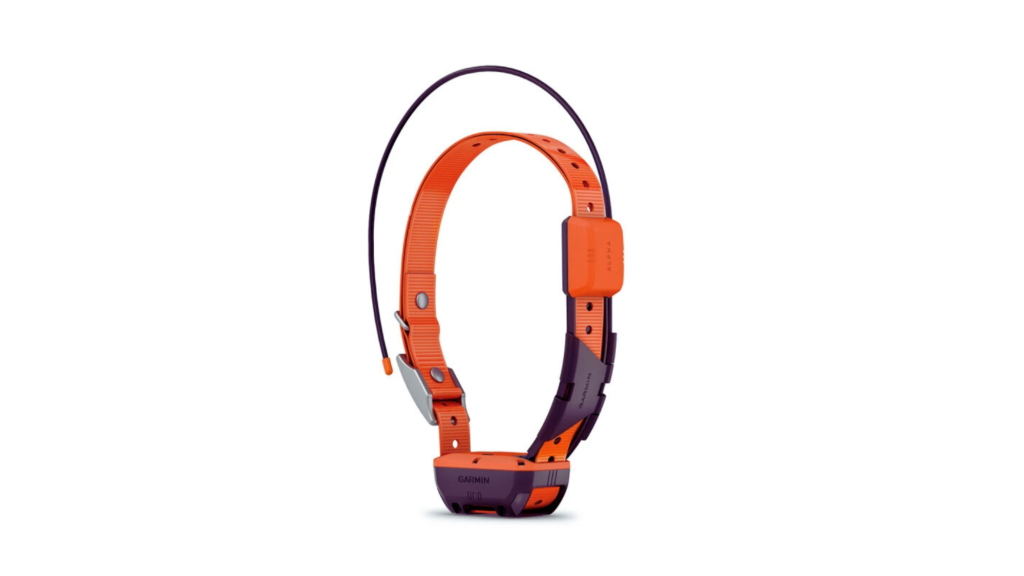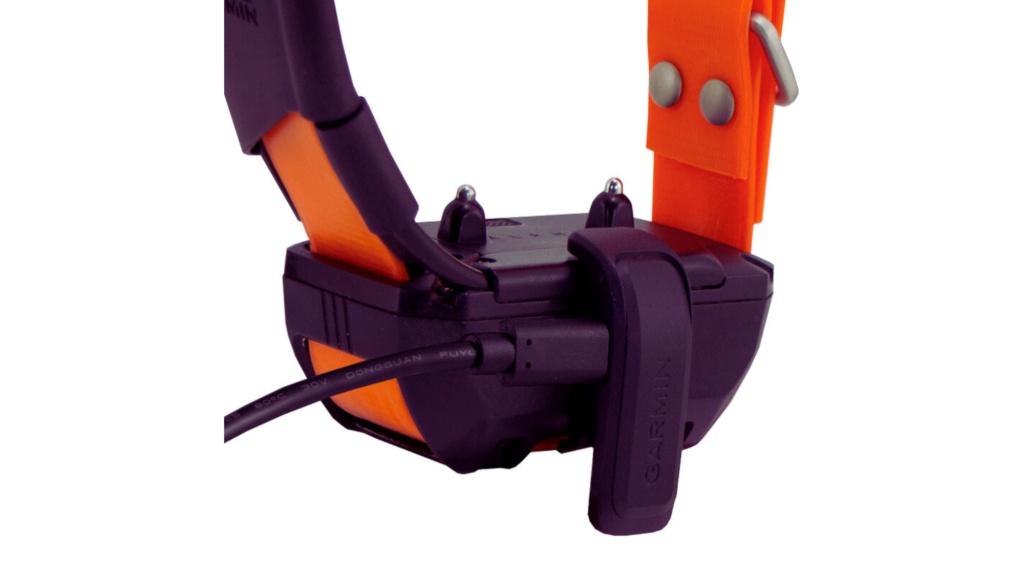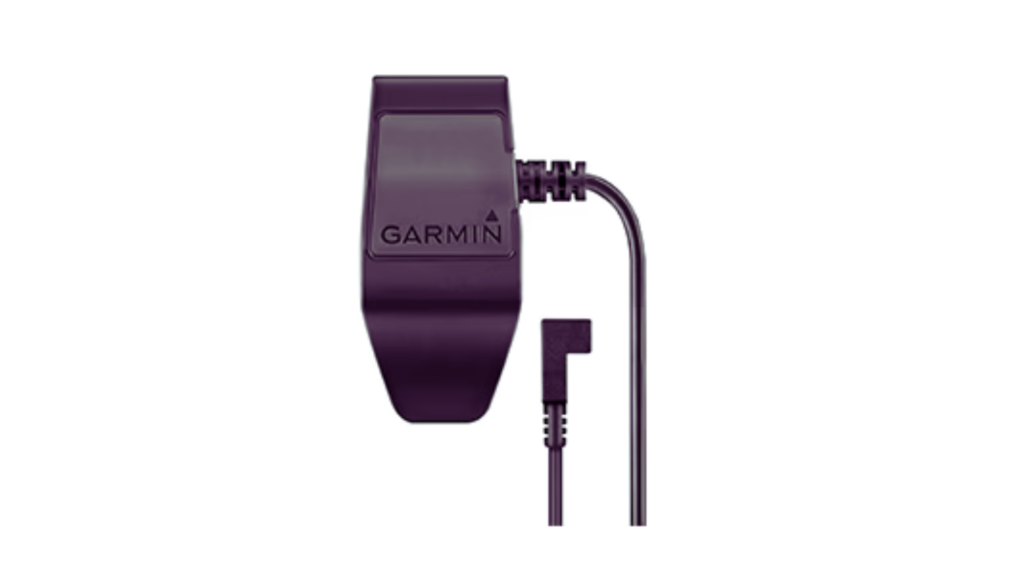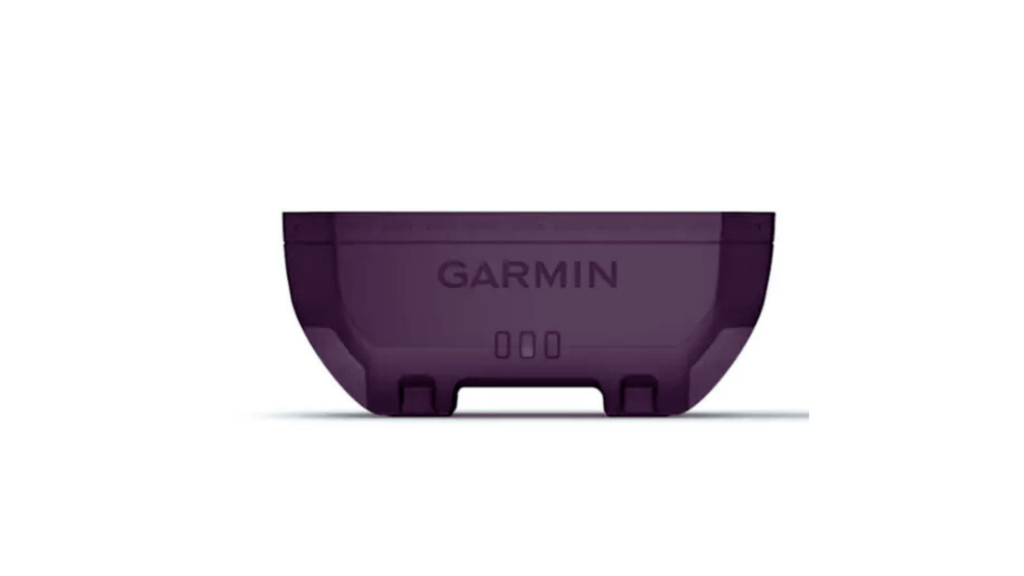Garmin dog tracking and training collars are essential tools for hunters, trainers, and pet owners who want to monitor and control their dogs in real-time. These devices rely on rechargeable lithium-ion batteries, which require regular charging to maintain peak performance. The Garmin collar charging station is designed to make this process convenient, ensuring that the collar is properly charged and ready for use.
However, users may sometimes face issues such as slow charging, connection failures, or battery not holding a charge. Understanding how to properly use, troubleshoot, and maintain your Garmin collar charging station will ensure that your device remains functional and reliable for years to come. Find the Top dog collars for Dachshunds that accommodate their long bodies and prevent strain on their necks.
We will cover:
- How the Garmin collar charging station works
- Common charging issues and troubleshooting solutions
- Battery optimization and long-term maintenance
- When to replace your Garmin collar battery or charging station
Blog Highlights
ToggleUnderstanding the Garmin Collar Charging Station
How It Works
The Garmin collar charging station is a docking system designed to securely hold and charge Garmin dog tracking and training collars. It eliminates the need for direct plug-in charging by using a magnetic or clip-in connection, ensuring a stable charge with minimal wear and tear on charging ports.
Most Garmin collars, including models from the Alpha, Astro, and PRO series, use proprietary charging cradles that align with specific contact points on the collar. This design ensures a secure and efficient charging process, preventing issues such as loose connections or power interruptions.

Key Features of Garmin Collar Charging Stations
- Secure Docking – Prevents accidental disconnections while charging.
- LED Indicator Lights – Shows charging status (solid or blinking lights for charging, full charge, or error notifications).
- Fast Charging Capabilities – Charges most Garmin dog collars within 2-4 hours.
- Durable Build – Designed for outdoor and rugged use.
- Overcharge Protection – Automatically stops charging when the battery reaches full capacity.
Common Charging Issues and How to Fix Them
Despite their reliability, Garmin collar charging stations can occasionally experience problems, preventing the collar from charging properly. Below are the most common issues and step-by-step troubleshooting solutions. Explore the Expert-approved French Bulldog collars to keep them comfortable while ensuring durability and style.
1. Garmin Collar Not Charging

If your Garmin collar does not charge, the problem may be related to the charging contacts, cable, power source, or battery condition.
Possible Causes:
- Dirty or corroded charging contacts – Dirt, mud, or moisture buildup on the charging points.
- Faulty power adapter or charging cable – A damaged or incompatible charger.
- Defective battery – Over time, lithium-ion batteries degrade and may stop holding a charge.
- Incorrect placement in the charging dock – The collar may not be properly seated.
Solutions:
- Clean the Charging Contacts
- Use a dry cloth or a soft brush to clean both the collar’s charging points and the charging station connectors.
- For stubborn dirt or corrosion, use rubbing alcohol and a cotton swab.
- Check the Power Source
- Plug the charging station into a different power outlet or use another USB adapter (5V / 2A).
- Avoid using cheap third-party power adapters, as they may not provide the correct voltage.
- Ensure Proper Collar Placement
- Align the charging contacts on the collar with those on the charging station.
- If using a clip-in dock, ensure the collar snaps securely into place.
- Perform a Battery Reset
- If the collar is unresponsive, try a soft reset by holding the power button for 10-15 seconds before recharging.
- Test with a Different Charging Station
- If possible, test the collar with another Garmin charging station to rule out a defective unit.
2. Garmin Collar Charging Slowly
If your Garmin collar takes longer than usual to charge, the problem may be related to power supply issues, battery aging, or background processes running on the collar.
Possible Causes:
- Low-power USB adapter – Some chargers may not supply enough power.
- Battery nearing end of life – Older batteries charge more slowly.
- High ambient temperatures – Charging in hot environments can slow the process.
Solutions:
- Use the Correct Power Adapter
- Ensure you are using an official Garmin power adapter (5V / 2A output).
- Avoid low-power laptop USB ports; plug directly into a wall outlet.
- Turn Off the Collar While Charging
- If possible, power off the collar before placing it in the charging dock to allow faster charging.
- Charge in a Cool, Dry Environment
- Avoid charging in direct sunlight or hot areas, as high temperatures reduce charging efficiency.
- Replace the Battery if Charging is Consistently Slow
- If the collar takes significantly longer to charge than when new, the battery may need replacement.
3. Garmin Collar Charging Station Not Recognizing the Collar
Sometimes, the charging station fails to detect the collar, preventing it from charging altogether.
Possible Causes:
- Loose connection between the collar and charger.
- Faulty charging contacts or damaged charging pins.
- Internal software glitch in the collar.
Solutions:
- Check for Physical Damage
- Inspect the charging pins on the dock and the contact points on the collar.
- If the charging station pins are bent or damaged, replacement may be necessary.
- Perform a Hard Reset on the Collar
- Hold the power button for 30 seconds to force a system reset.
- Once restarted, place the collar back on the charger.
- Try a Different Charging Station or Cable
- If available, use another Garmin charging station to rule out hardware failure.
Maximizing Battery Life and Charging Efficiency
To prolong the lifespan of your Garmin collar battery and charging station, follow these best practices:
1. Optimize Charging Habits
- Avoid overcharging – While Garmin chargers have overcharge protection, it’s best to remove the collar once fully charged.
- Charge after each use – Do not let the battery drain completely before recharging.

2. Proper Storage
- Store the collar and charging station in a cool, dry place to prevent overheating or moisture damage.
- Keep the charging contacts clean by wiping them after each use.
3. Use the Correct Power Accessories
- Always use a Garmin-approved charging cable and adapter to avoid compatibility issues.
- Do not charge the collar with third-party cables or laptop USB ports, as they may not provide sufficient power.
Understand if French Bulldogs can wear dog collars and how it affects their neck structure and overall health.
When to Replace Your Garmin Collar Battery or Charging Station

Over time, both the collar battery and charging station may experience wear and require replacement.
Signs That You Need a Replacement:
- Battery no longer holds a charge – The collar dies shortly after being removed from the charger.
- Charging station no longer recognizes the collar – If multiple troubleshooting attempts fail.
- Charging takes excessively long or is inconsistent – Even after trying different power sources.
Where to Buy Replacement Parts:
- Garmin Official Store – Ensures compatibility with your device.
- Authorized Garmin Retailers – Avoid counterfeit products.
- Outdoor Equipment Stores – Many offer genuine Garmin accessories.

Final Thoughts
The Garmin collar charging station is an essential accessory that ensures your tracking and training collar remains powered and ready for use. By properly maintaining the charging station, troubleshooting common issues, and following best charging practices, you can extend the life of your collar’s battery and improve overall performance.
If persistent issues arise despite troubleshooting, replacing the battery or charging station may be necessary. With proper care and attention, your Garmin collar and charging system will continue to function reliably for years to come. Discover What’s the ideal collar size for a French Bulldog puppy? to ensure both safety and comfort during their growing stages.
FAQs:
1. How do I charge my Garmin dog collar?
To charge your Garmin dog collar, place it securely in the charging station, aligning the charging contacts on the collar with those on the dock. The LED light will indicate the charging status. Ensure the charging station is plugged into a stable power source.
2. Why is my Garmin collar not charging properly?
If your Garmin collar isn’t charging, check for dirty or corroded charging contacts, a faulty power adapter, or a damaged charging cable. Clean the contacts, ensure proper alignment in the dock, and test with a different charger if needed.
3. How can I maximize the battery life of my Garmin dog collar?
To maximize battery life, avoid overcharging and remove the collar once it’s fully charged. Store the collar and charger in a cool, dry place and clean the charging contacts regularly. Always use Garmin-approved charging accessories for best performance.
4. When should I replace my Garmin collar battery or charging station?
Replace the battery or charging station if the collar no longer holds a charge, takes an excessively long time to charge, or if the charging station fails to recognize the collar after troubleshooting attempts.
5. What should I do if my Garmin collar charges slowly?
Slow charging could be caused by a low-power adapter, an aging battery, or high ambient temperatures. Ensure you’re using the correct Garmin power adapter, charge in a cool area, and turn off the collar during charging to speed up the process.
6. Can I use third-party charging cables for my Garmin collar?
It’s recommended to only use Garmin-approved charging cables and adapters. Third-party cables may not provide sufficient power, potentially leading to slow charging or damage to your collar and battery.
7. Where can I buy replacement parts for my Garmin collar?
Genuine replacement parts can be purchased from the Garmin official store, authorized retailers, or reputable outdoor equipment stores. Ensure compatibility by avoiding counterfeit products.





